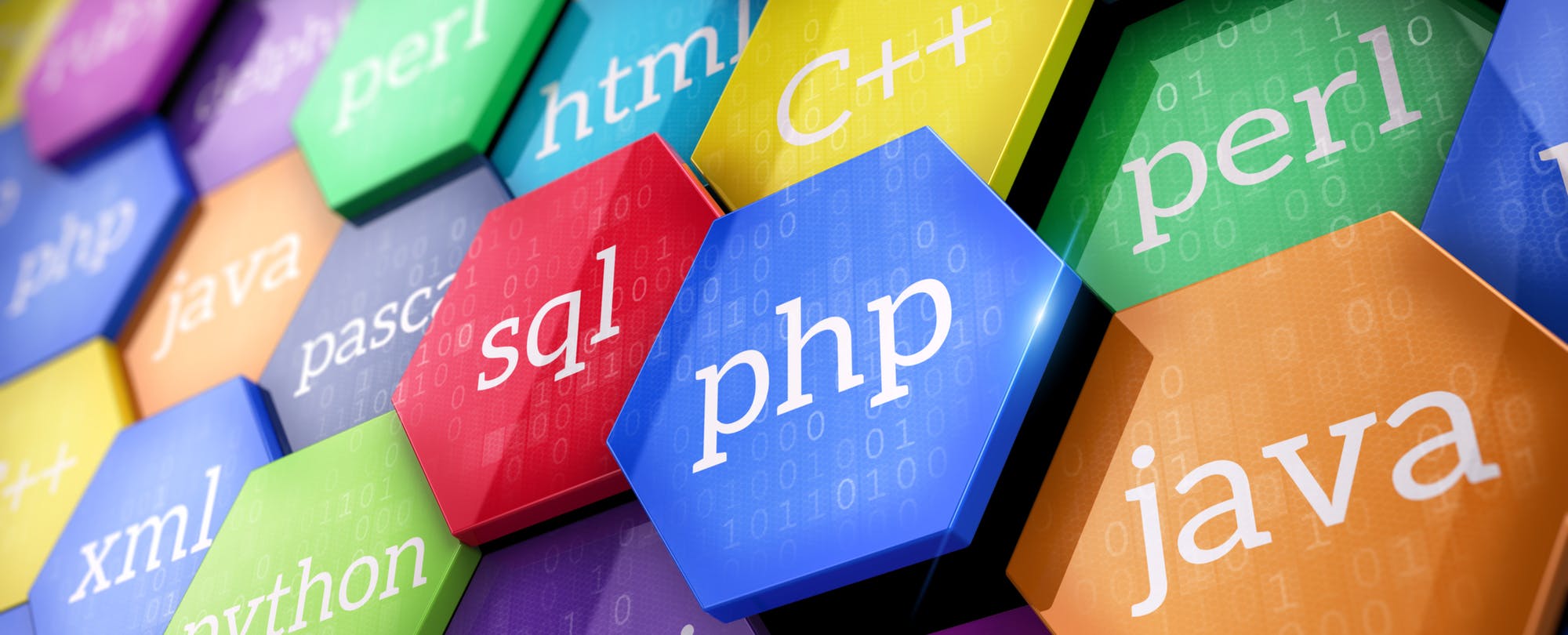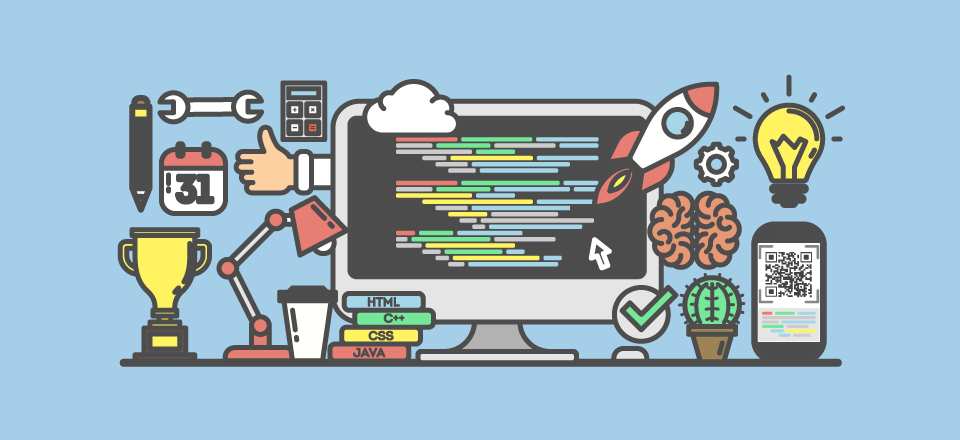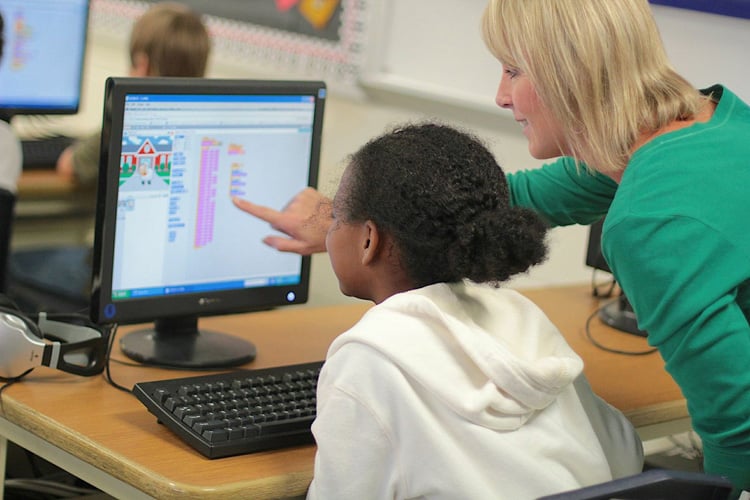6 Ways Edtech Tools Help Teachers Save Time
By Josiah Torvik, Teacher, St. Cloud Area MN School District 742
Edtech tools can prove invaluable to teachers who have limited time to juggle planning, teaching, and grading.
 Photo by Compare Fibre on Unsplash
Photo by Compare Fibre on Unsplash
- 0 Comments
- Aug 5, 2021 10:00:00 AM
- Posted by Natalia Galvis
- Topics: EdTech, STEM, Curriculum, Problem Based Learning (PBL), Artificial Intelligence, teachers, Coding, students, Codificación, Edchat, AI, Digital Technology, teaching, online, Inteligencia Artificial
How AI Technologies Support School Safety

Technology has advanced to the point where many tools, including AI technologies, can alert educators of danger before a disaster occurs.
- 0 Comments
- Aug 2, 2021 10:00:00 AM
- Posted by Natalia Galvis
- Topics: EdTech, STEM, Curriculum, Problem Based Learning (PBL), Artificial Intelligence, teachers, Coding, students, Codificación, Edchat, AI, Digital Technology, teaching, online, Inteligencia Artificial
5 Reasons to Set Up a Coding Program in your District
 Photo by Goran Ivos on Unsplash
Photo by Goran Ivos on Unsplash
Here’s how one Washington district has made coding a priority, even during the pandemic shutdown
- 0 Comments
- Jul 30, 2021 10:00:00 AM
- Posted by Natalia Galvis
- Topics: EdTech, STEM, Curriculum, Problem Based Learning (PBL), teachers, Coding, students, Codificación, Edchat, Digital Technology, teaching, online
Is Coding Over? Why Learning to Code Is Really About Learning to Learn
We are now living in a technological world and the future of work is this: Tech workers will no longer solely work in the tech industry. Every field will hire employees with strong digital skills, and this trend will only continue to accelerate.

- 0 Comments
- Jan 23, 2020 10:10:00 AM
- Posted by Natalia Galvis
- Topics: EdTech, STEM, 21st Century Classroom, Coding, Codificación, STEMchat, Edchat
How to Get Started Teaching Coding
I first learned about coding and computer science (CS) in college about 20 years ago. Looking back, not much has changed in the foundational concepts or core practices in CS. What has changed is who can teach it and where it can live in the curriculum—today educators in any subject can teach coding.

- 0 Comments
- Dec 4, 2019 10:10:00 AM
- Posted by Natalia Galvis
- Topics: Robotics, EdTech, Education, Coding, Codificación, Edchat
How Coding Should be Taught To Kids
Parents and educators across the country understand the importance of teaching kids how to code. Not only can it help them learn valuable skills that they can use into their technology-driver future, but it also helps them learn to approach problems differently. But determining the best method for teaching a child to code isn’t always obvious.
In most cases, people agree that a traditional textbook approach is insufficient for subjects like coding. While the idiosyncrasies of the language can be introduced that way, it is difficult to assimilate the information until it is in use fully. But sticking children in front of a blank screen and having them write line after line, though functional, isn’t very inspiring or even interesting.

If you want to capture the interest of young students while giving them access to a valuable skill set, then turning to games may be the ideal method.
- 0 Comments
- Nov 11, 2019 10:15:00 AM
- Posted by Natalia Galvis
- Topics: Robotics, EdTech, STEM, Education, Coding, Codificación, STEMchat, Edchat
Relevant Posts
Popular Posts
Subscribe to Email Updates
-
I Want To Learn MoreADDITIONAL INFORMATION


